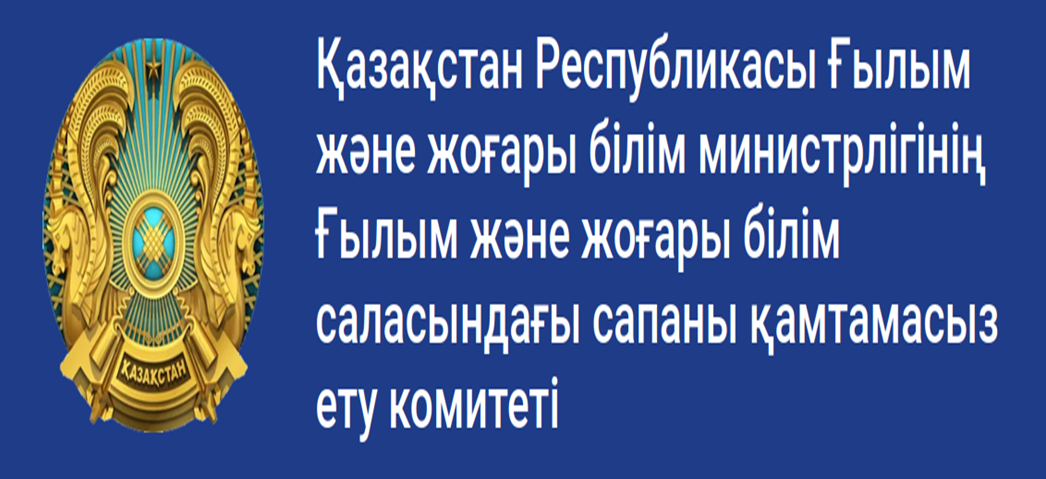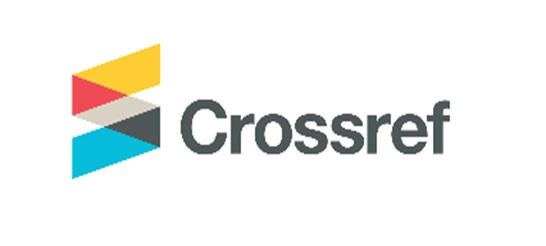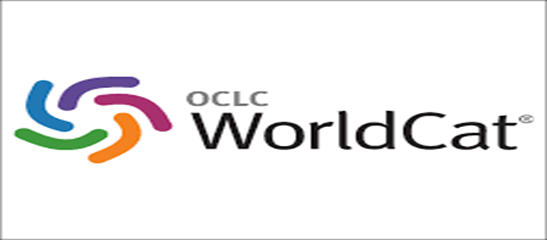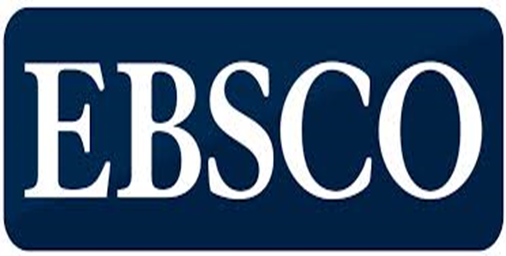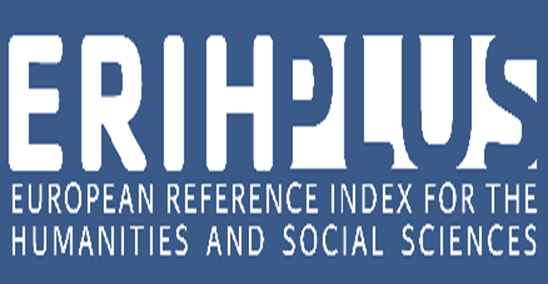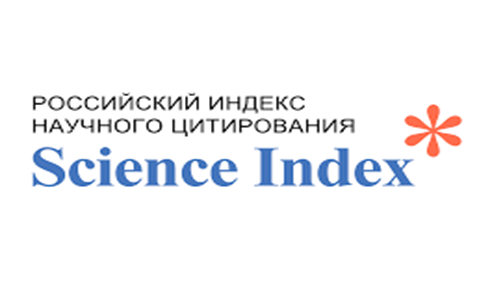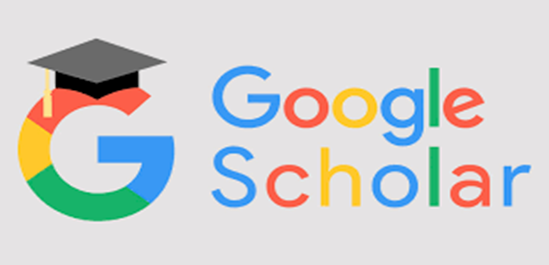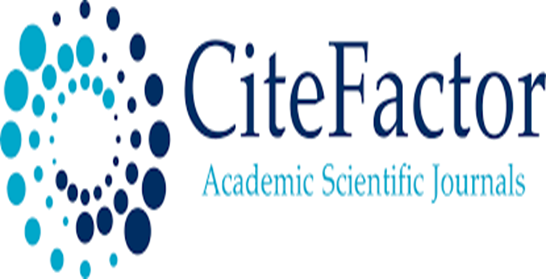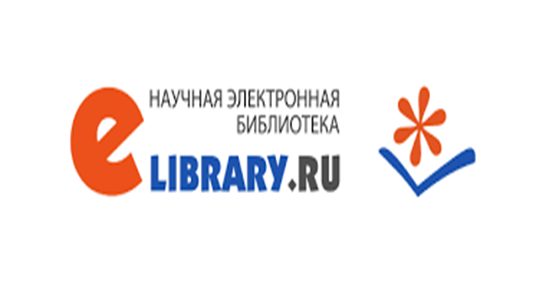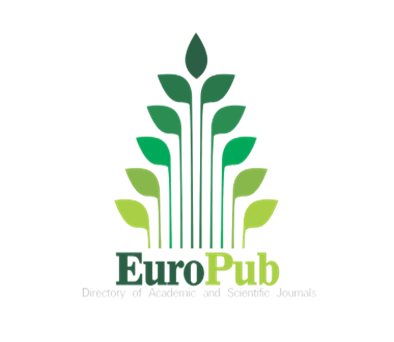Ancient Kyrgyz writing (from ancient times to the 10th century A.D.)
Views: 530 / PDF downloads: 294
DOI:
https://doi.org/10.32523/2664-5157-2021-4-21-35Keywords:
ancient Kyrgyz writing, semasiography, pictographic writing, tamga signs, logographic writing, “animal style”, ornament, phonography, Yenisei writing, Orkhon-Yenisei writingAbstract
The article deals with the ancient Kyrgyz writings as pictography, logography, identification marks (en tamga) and phonography. The object of the research is the Yenisei written monuments: Minusinsk and Tuvanian. The Minusinsk written monuments are characterized by the so-called «animal style», the predominant style of art of the Scythian era, especially characterized by the depiction of animals.
Petroglyphs of the Scythian-Siberian animal style were found in an ancient grave on the high mountain Bai-Dag of Tuva. The article analyzes the graphic styles of the Karasuk and Tagar cultures, in which wild animals were totem symbols, and focuses on written monuments found in Kopen, Kapchaly and Uybat, which have preserved in the style of Scythian-Siberian traditions. The “animal style” is also characteristic of the monuments of the Kazylgan culture. So, on the Syyn-Churek rock, petroglyphs of about 300 animals, drawings of people and solar signs are captured.
The author also analyzes a new type of communication in the form of symbol, tamga signs, which arose because of the development of cattle breeding and were used by the Min-sui nomadic herders at the beginning of the 1st millennium BC. Generic and family of tamga signs were passed down from generation to generation, one of the reasons for the appearance was the marking of animals. Over time, their function has expanded. Later, in the 4th-10th centuries, tamga signs spread widely over the vast territories of Steppe Eurasia.
The article traces the continuity of logographic writing in the culture of the Turkic peoples. The article considers the Khakass ornament in the Chaatas culture and in the Tyukhtyat culture, as well as Tuvan ornaments and their Kyrgyz origin. The author also explores ornaments at the burial grounds of Sagly-Bazhy II, Kazylgan, Kokel; reveals the semantics of geometric, plant, zoomorphic patterns. The narrative character of the patterns, historicity, realism and musicality of Kyrgyz ornaments are noted.
An important point in the article is the definition of the phonographic character of the Orkhon- Yenisei writing used by the ancient Turks in the 6th-10th centuries. The author believes that the Orkhon-Yenisei writing is based on the Yenisei writing of the ancient Kyrgyz. The Yenisei writing is graphically and in content very close to the Talas runic graphemes.






